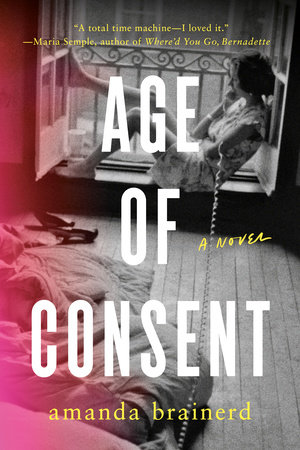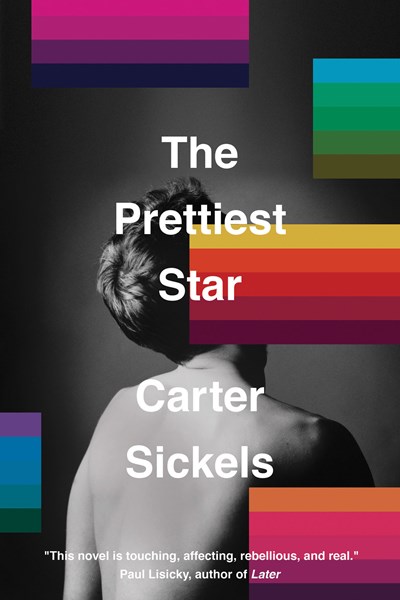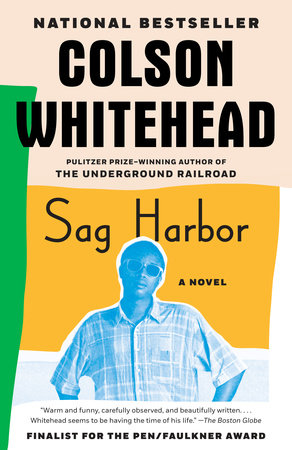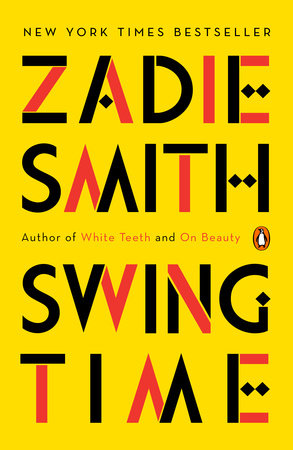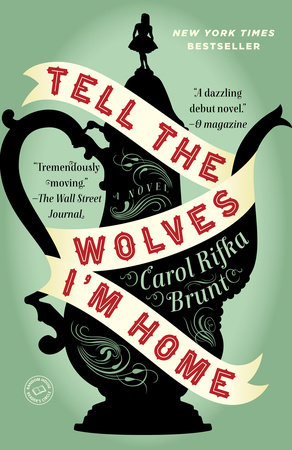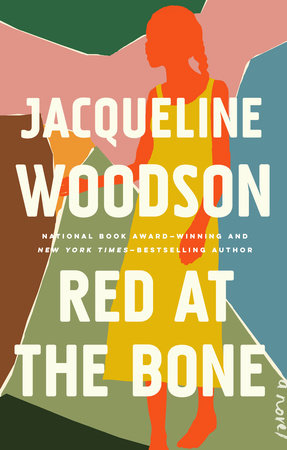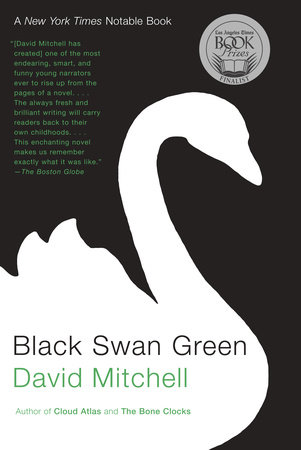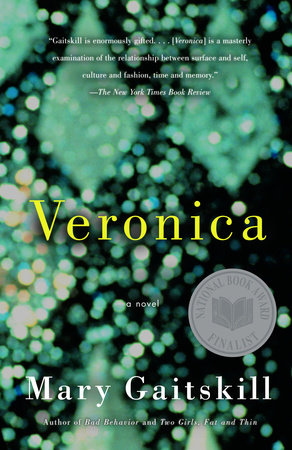What week of lockdown are we in, as I write this? I hardly know any more. Quite early on, walking at dusk, I heard whooping and clapping from houses far away, the sound carried on the wind. I stood in a field thinking of all the people who have died, and the dedication of those who had cared for them.
But soon everything that had felt so tragic and dramatic to begin with – thousands of people ill and dying, the great pause, the intense dreams, the solidarity clapping – came to feel normal. Lethargy took over, until that too wore away. I suppose most of us got used to our restricted worlds, moods and thoughts blooming and fading, and the almost imperceptible succession of phases, to do with how the light falls into a room, say, or how a new particular thing – a book, a film, a habit – establishes itself.
In Britain, a question is taken from a member of the public in the daily political briefings. A hushed voice reminds us that the Cabinet member present has not seen the question in advance, as though this were a political satire or a rehearsal, a performance of national tragedy rather than the real thing.
Alone, we stare moodily at our screens, then join meetings and smile with relief when people we know look back, face to face.
‘What have we learned from the pieces coming in during this time?’ I asked at an editorial meeting.
‘Maybe,’ someone answered, ‘that many of us already had a fragile connection with the outside world.’ It must be partly the nature of writing life, but the pieces in this issue all, in some way or other, speak to confinement or escape. Emma Cline’s story is set in a closed center, ‘not quite rehab but some way station before rehab’. The inmates include a famous TV chef: ‘Thora had read every disgusting thing G. had done’; ‘every hot-tub dickgraze’ and ‘drugged-up gropes of cowering PAs in sensible flats’. Thora herself had created teen avatars for her own gratification, not the only reason she is here. The atmosphere, or rather Thora’s state of mind, is dense with cynicism, seduction and loneliness; too dense and complex, one senses, for the nature of the care (vitamins and counselling). Ann Beattie’s protagonist opens a literary magazine and is shocked to see a photograph of her younger self with a friend and their college professor, illustrating a piece written by her former friend, an essay masquerading as fiction, inventing a love triangle in cadences that – adding insult to injury – seem an imitation of her own way of speaking when younger. Adam Nicolson’s story of a seventeenth-century English village struck by the plague reminds us how close we are to that world still, forming theories from rumours and portents, fleeing, drinking, burying the dead.
But we are also learning to pay attention. To properly see. Here is Leanne Shapton, painting interior scenes from her flat in New York, and describing what she sees. Here is Teju Cole, observing trees from walks in Cambridge, Massachusetts, and Michael Hofmann, noticing ‘drifts of pollen in the gutters and on car windscreens, like gold dust’, in Gainesville, Florida.
Time is the gift, but of course there are bigger issues to grapple with; questions of freedom and captivity, of responsibility and existential threat. I could go on, finding words for dysfunctional or ineffective governance. If I don’t, it’s not from lack of interest, exactly – but the spittle of the spittlebugs on a thousand stalks of grass this morning seems more real to me now; or the hornet searching every corner of my room before it leaves, duty done. The light filters through the leaves outside my window; something moves – a dragonfly? No, a spiderweb, swaying in the wind.
I am not talking about beauty. Barry Lopez has described how observing a scene (a bear, say, feeding from a carcass) without automatically collapsing the moment into language, deepens the experience of seeing. His message applies to this pandemic too. I hope that by the time you read this, the lockdown will be over. Until then, I will be mindful of Lopez’s rules: ‘Perhaps the first rule of everything we endeavor to do is to pay attention. Perhaps the second is to be patient. And perhaps a third is to be attentive to what the body knows.’
Artwork © Leanne Shapton
The post Introduction appeared first on Granta.
